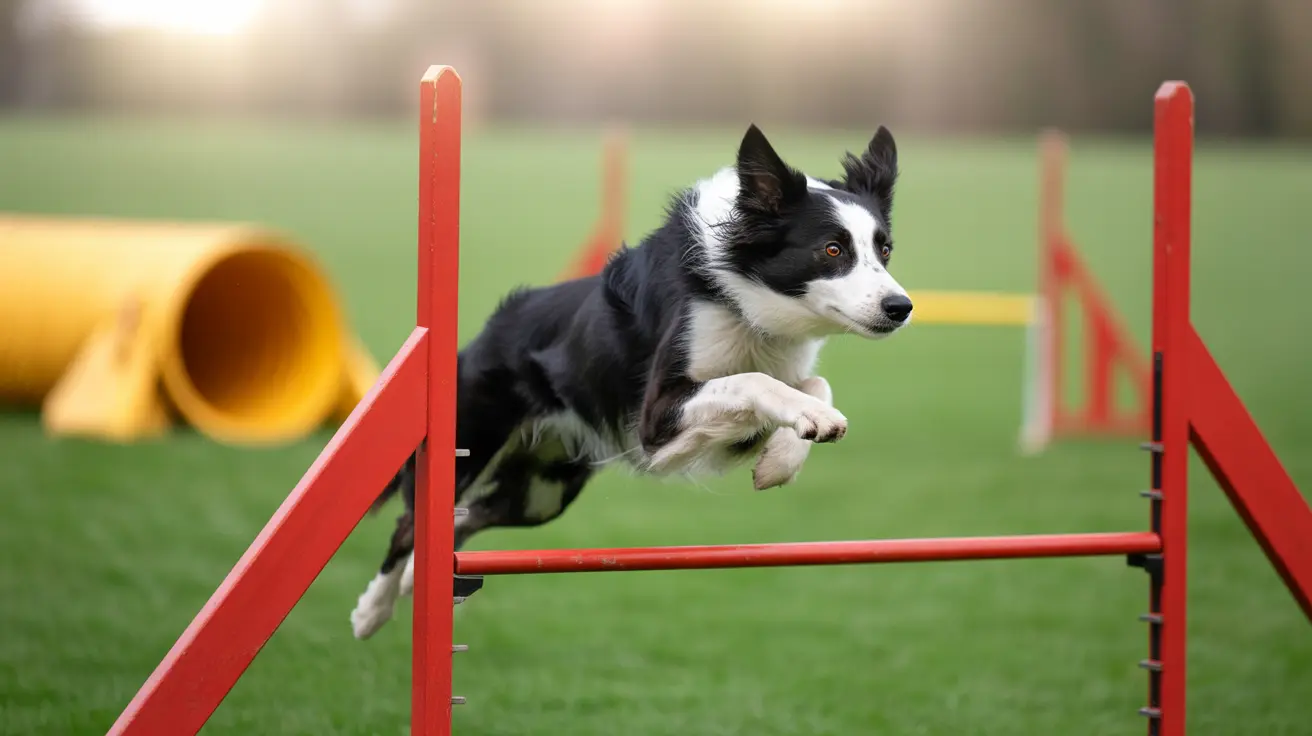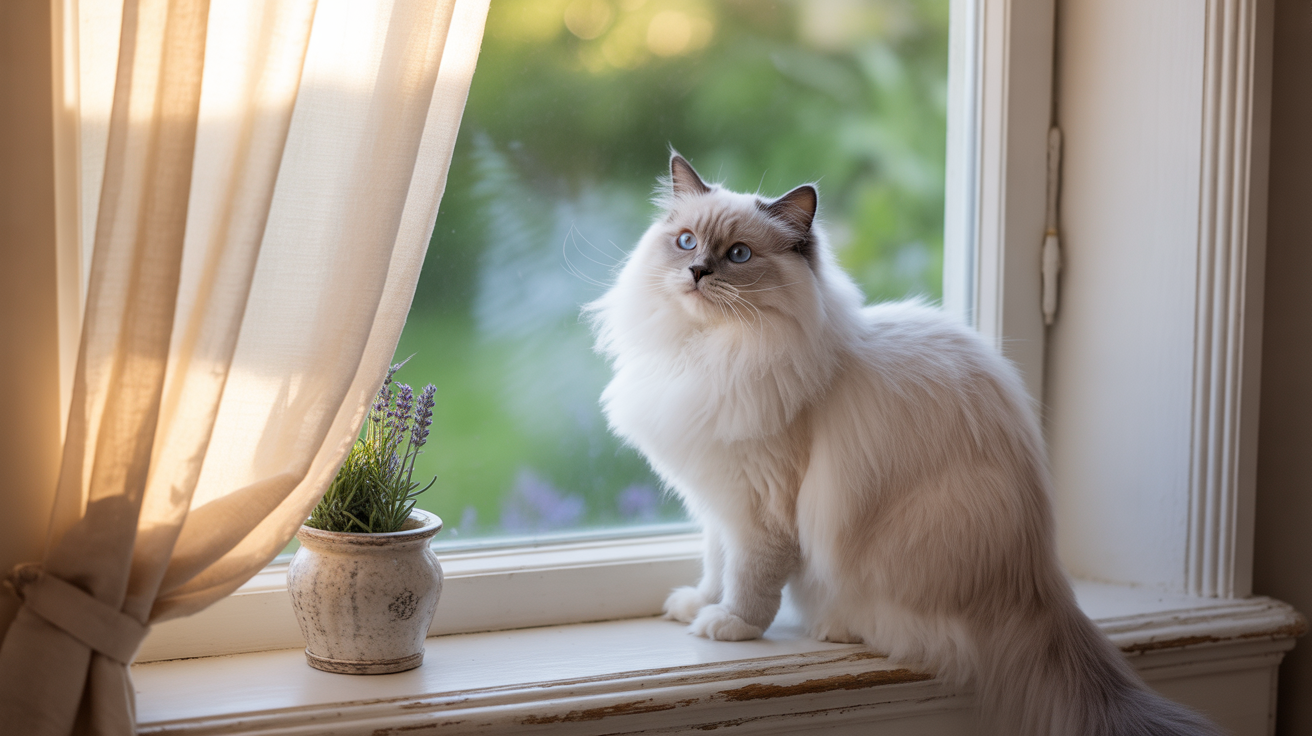Can Dogs Get Leptospirosis from Grass?
Leptospirosis is a serious bacterial disease that affects both animals and humans. It is caused by Leptospira bacteria, which thrive in warm, moist environments. One of the lesser-known but significant pathways of transmission is through contact with contaminated grass and soil.
Understanding Leptospirosis and How It Spreads
Leptospirosis spreads primarily through exposure to water or materials contaminated with the urine of infected animals. Wildlife such as rats, raccoons, skunks, and deer often shed the bacteria in places frequented by domestic dogs—like backyards, parks, or urban green areas.
- Dogs can become infected when bacteria enter through skin abrasions or mucous membranes.
- Contaminated soil or grass serves as a viable medium for transmission, especially after recent exposure to infected urine.
- Ingestion or even sniffing contaminated areas can lead to infection.
Risk Factors for Dogs
The risk is not limited to country or rural dogs. In fact, urban dogs with access to shared yards, dog parks, or even neighborhood walks may be just as vulnerable.
- Rainy weather increases the survival of bacteria in the environment.
- Backyards and gardens visited by wildlife increase exposure risks.
- Puppies and young dogs are more susceptible to severe disease.
Common Symptoms of Leptospirosis in Dogs
Symptoms can vary widely and sometimes mimic other diseases. Early detection is crucial.
- Fever
- Vomiting and diarrhea
- Lethargy and muscle pain
- Loss of appetite
- Increased thirst and urination
- Jaundice and signs of kidney or liver impairment
Diagnosis and Treatment
Veterinarians rely on clinical signs, serological tests, and bacterial DNA assays (PCR) to confirm leptospirosis. Early treatment is essential to prevent organ damage and improve outcomes.
- Antibiotics such as doxycycline are commonly used.
- Supportive therapies like IV fluids and antiemetics may be needed.
- Severe cases might require hospitalization or intensive care.
The Role of Vaccination
The American Animal Hospital Association (AAHA) and other veterinary organizations regard leptospirosis vaccination as core across all dog breeds and locations due to its widespread and serious nature.
- Vaccines target up to 4 major serovars of Leptospira.
- Bivalent (L2) and quadrivalent (L4) vaccines offer varying protection.
- Annual boosters are recommended, as immunity is not long-lasting.
While side effects are rare, minor symptoms like drowsiness or mild soreness can occur. Severe allergic reactions are very uncommon.
Prevention and Environmental Control
Preventive measures can significantly lower infection risk, especially in outdoor or grassy environments where wildlife may roam.
- Vaccinate annually with a four-serovar vaccine.
- Control rodent and wildlife access to your yard.
- Avoid letting dogs drink from or play in stagnant water.
- Keep grass and lawn areas clean and avoid standing water.
Zoonotic Risk to Humans
Leptospirosis is a zoonotic disease, meaning it can spread from animals to humans. Infection occurs via contact with contaminated water, soil, or urine. Practicing good hygiene when handling pets or cleaning up after them is imperative.
Owners of infected dogs should use gloves when cleaning waste, disinfect affected areas, and consult a vet regularly.
Conclusion
Yes, dogs can get leptospirosis from grass, especially if it is contaminated by infected animal urine. Because the bacteria survive in moist environments, your backyard or local walking trail could be a source of exposure. Consistent vaccination, hygiene practices, and environmental control are essential to protect your pet from this dangerous but preventable disease.





